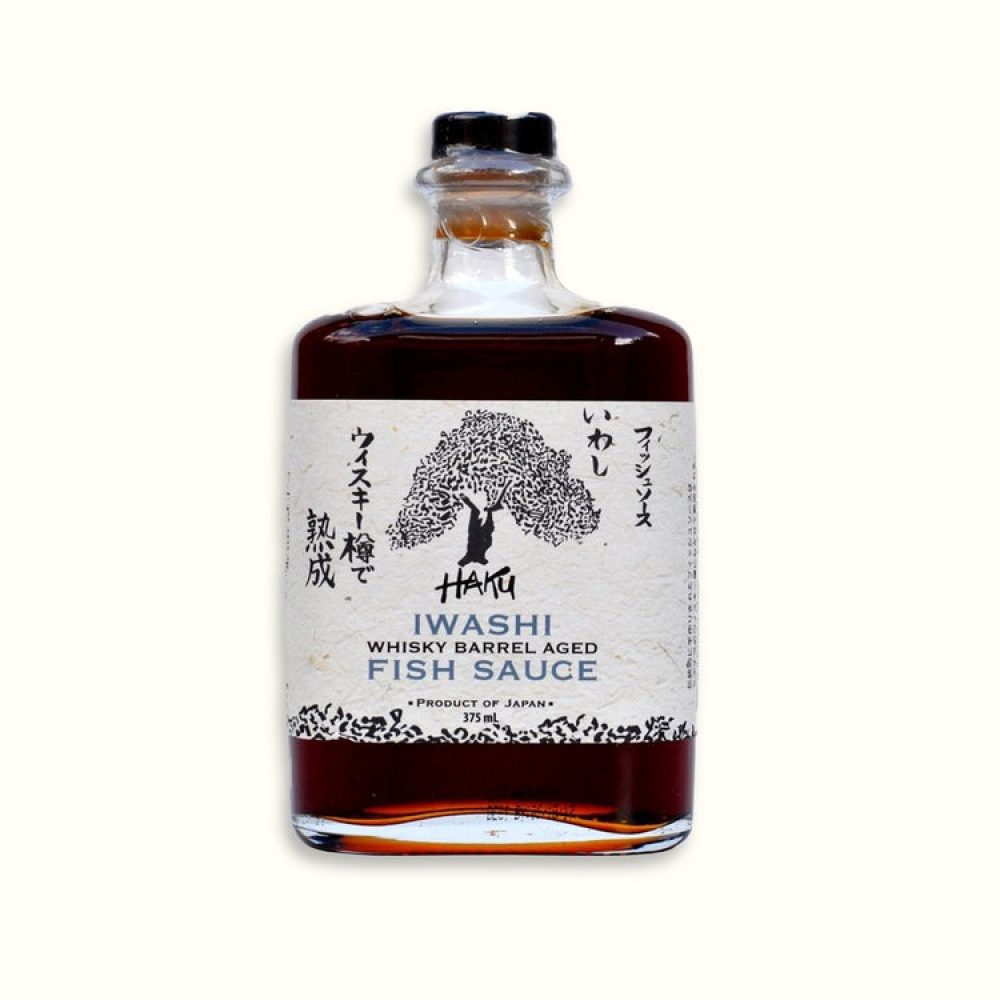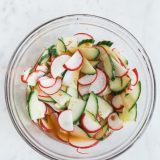Even before I boarded the JAL flight from Boston to Tokyo, I knew that something was different. Three JAL flight attendants faced three lines of passengers waiting to board and, exactly at the appointed time, all three bowed deeply in unison to welcome us onto the flight. Never seen that on JetBlue.
Fifteen hours later we landed in Tokyo. I was in a world of face masks (used to filter out pollution but, more importantly, to protect others from one’s germs), vending machines that sell almost everything, and limo drivers standing in perfect, quiet rows like funeral home attendants.
Early the next morning, I walked two blocks to the corner 7-Eleven (there are over 16,000 of them in Japan) and spent half an hour looking over packaged kombu, bento boxes, ramen, steamed dumplings, fresh coffee (hot and iced), wine, sake, whiskey, onigiri (rice balls with seaweed), and candies—Melty Kiss, Japanese-flavored KitKats and Crunky. They also provide takeout and catering.
A few hours later, we were welcomed to Tokyo by Elizabeth Andoh. A word about Tokyo apartments. They are small—tiny, even by New York standards. Shoes are removed, slippers provided. In her apartment, a narrow, short central hallway connected to the kitchen has a lovely view of Mount Fuji.
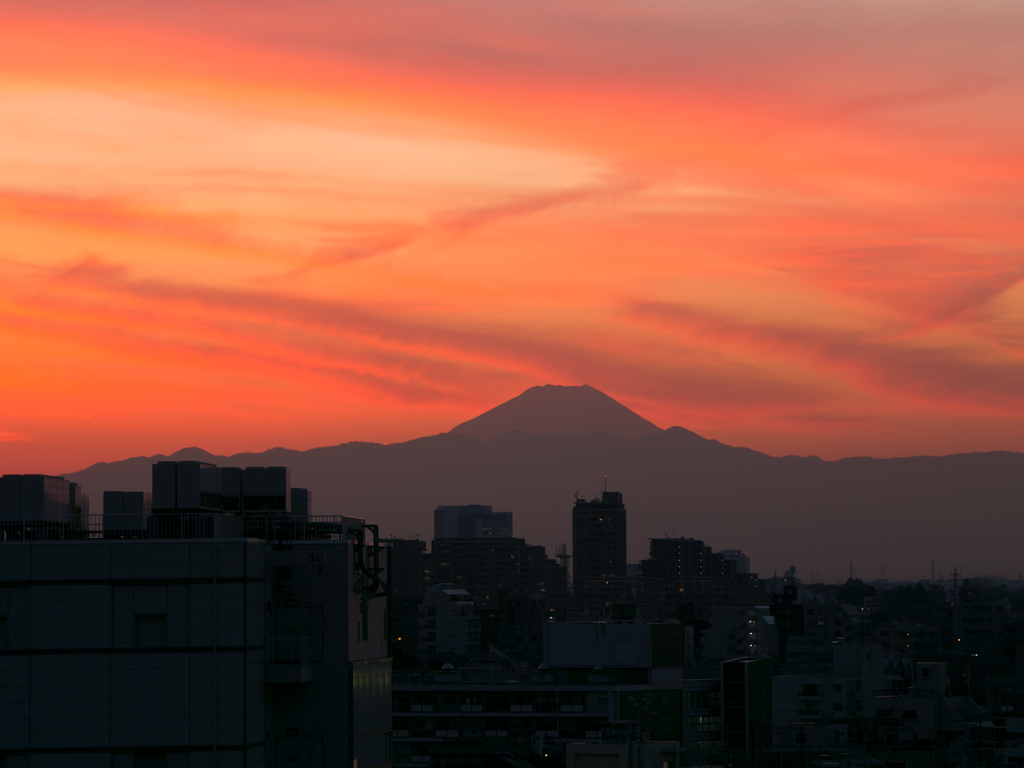
But that’s about it. A small family room serves as dining room and bedroom (futons appear at bedtime), there is a pocket-size office plus one other small living space. The trick is closets—they are everywhere, and organization is the key to success, whether we are talking about a drawer full of chopsticks, the rice cooker (on a hinged, pull-out shelf) or cooking supplies. Everything is bagged and tagged.
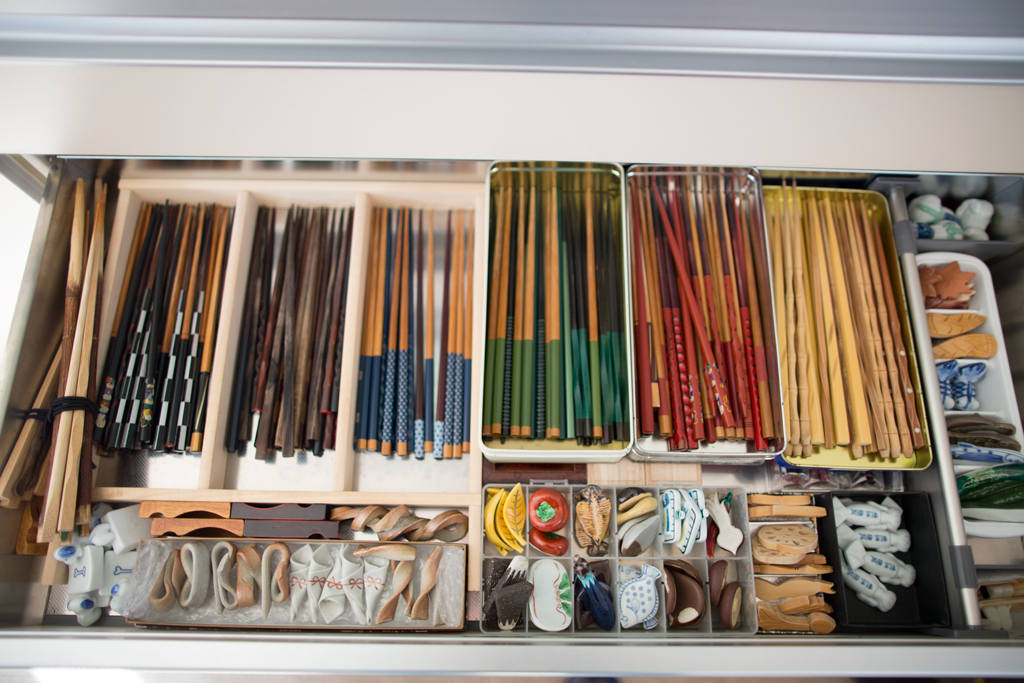
The first rule of Japanese cookery is kansha—that nothing goes to waste, or “one thing entirely eaten.” Even the water used to rinse rice is allowed to sit and separate; the thick starchy liquid at the bottom is used as a hand cream. My other two favorite expressions are shitsukoi (you say this in reference to someone who drives you nuts) and kuyashi (when you missed an opportunity).
The second rule is to use quality ingredients, including miso, shoyu, soy, fish sauce and vinegar. We have been able to source some high-quality versions of these pantry ingredients in our store, vastly better than the supermarket versions. In particular, I love the Takuko White Soy Sauce, the Haku Whiskey Barrel Aged Fish Sauce, Apple Rice Wine Vinegar and the Ohsawa Organic Soybean Miso. It is amazing how improved your cooking will be with the right ingredients; it almost feels like cheating!

The third rule is water. Water is the basis for much of Japanese cooking, including rice and soups. The Japanese often start a soup recipe by using a piece of kombu (edible seaweed) to flavor room-temperature water. I taste tested four different kinds from hidaka (the mildest) to rausu (which is stronger and used in vegetarian cooking).

We cooked for two days making flavored rice dishes, miso soup and a simple form of teriyaki. And I learned a lot about frugality in the kitchen and how to optimize flavor without a lot of chiles, sugar or hot sauces.
One incredibly useful technique is making “quick pickles.” Pickled vegetables are essential in Japanese cookery, and it turns out that one can throw together pickles with just a few minutes of work. It’s nothing more than salt, rice vinegar, lemon zest, and one tablespoon of sugar. (The Japanese also use kombu, which is entirely optional.) It takes just 10 minutes of work and an hour of resting time. Voila! Pickles! Click here for the recipe.

I also noticed that Elizabeth used an electric rice cooker as everyone does in Tokyo. I, however, use an old-fashioned clay Kakomi Rice Cooker. It has inner and outer covers with small holes for escaping steam. Bring the rice/water mixture in the pot to a simmer (steam starts to escape from the hole in the top cover), cook for 2 minutes, and let sit for 20 minutes. The rice is incredible, much better than a saucepan or electric cooker. I told Elizabeth to get back to basics and buy one!

In Japan, they use vegetable cleavers called nakiri. (We have just designed one with the folks at Zwilling J. A. Henckels, and it will be available this summer.) But we also have an east meets west chef’s knife, also produced in conjunction with Henckels, that is available now through Sur La Table, Bed Bath & Beyond and Williams Sonoma. It is a great all-purpose kitchen knife, and it is ideal for prepping vegetables and herbs, perfect for a Japanese, Chinese or American kitchen. It is the “approved” Milk Street kitchen knife, the one we use in our kitchen today.
I left with a deeper understanding of Japanese cooking and a love of washoku, which refers to harmony in the kitchen. It encapsulates a respect for the farmer, good deeds, coming to the table without anger, eating for both the spiritual and the temporal, and seeking enlightenment in the process of preparing food.
Thank you Elizabeth—for your cooking and for your amazing hospitality.
Cordially,

Christopher Kimball
SHOP THE ARTICLE
KAKOMI RICE COOKER
If you’ve never used a clay rice cooker like this one, then you’ve never had fabulous rice. Here’s how it works: Rice and water are placed in the pot and allowed to sit for 20 minutes covered by the cooker’s two lids—an inner lid with two small holes and an outer lid with just one. Turn on the heat and wait about 10 minutes for steam to escape. After two minutes of steaming, turn off the heat and let the pot sit for another 2-5 minutes. Yes, it’s a bit fussier than an electric rice cooker, but the results are incredible. I’ve been using mine for more than a year and refuse to make rice any other way. A caveat: This pot only works on a gas stove.
PURCHASE HERE

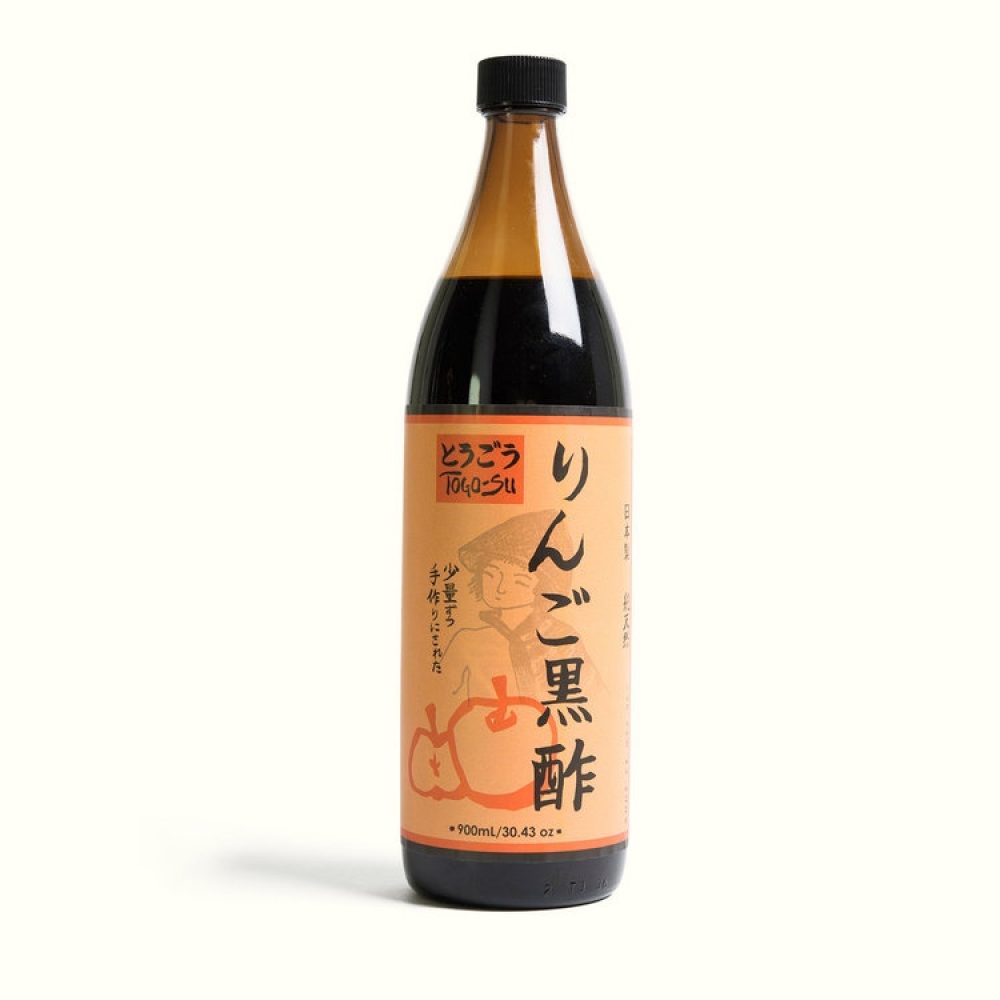
Apple Rice Wine Vinegar
Togo-Su Kurozu is an aged artisan amber rice vinegar that is brewed following a tradition dating back to the Edo period 200 years ago. Made with just four ingredients (organic brown rice, apples, brown rice koji and mountain spring water), production takes more than a year, and each pot has its own schedule and unique color and taste. The addition of apples mellows the vinegar’s bitterness and gives it more depth of flavor, and the aging process, which takes 3 to 5 years, produces a darker color and subtle caramelization. Our tasters felt that the apple flavor popped out front right away with a sharp vinegar bite and a short finish.
PURCHASE HERE
Ohsawa Organic Soybean Miso
Unlike most miso that is artificially “aged” for weeks, Ohsawa Organic Miso is naturally fermented for at least two summers in hand-hewn cedar kegs and brewed with mountain spring water, creating mouthwatering umami flavor. Enjoy it in soups, sauces, dips and dressings. This miso is crafted by the Yamaki Company, maker of the soy sauce for the royal family of Japan. Our tasters found this miso creamy, clean, and slightly tangy and sweet.
PURCHASE HERE
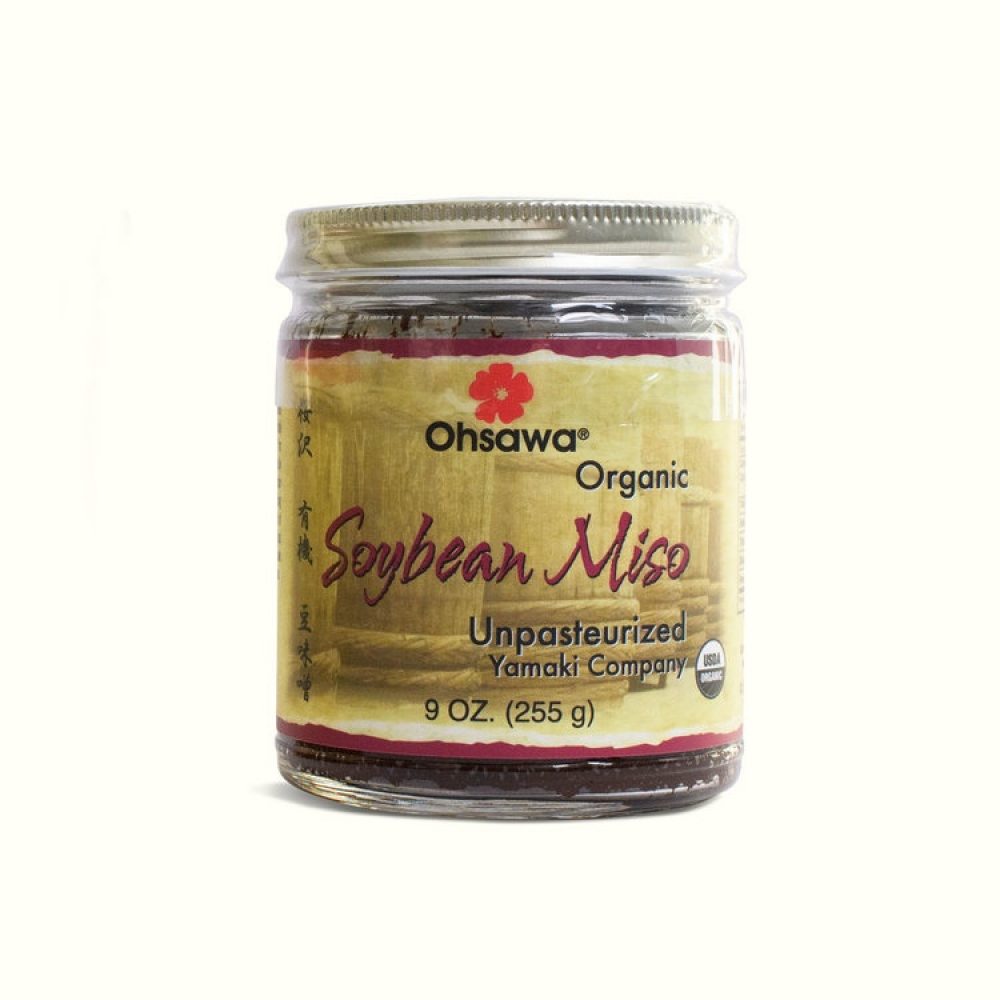
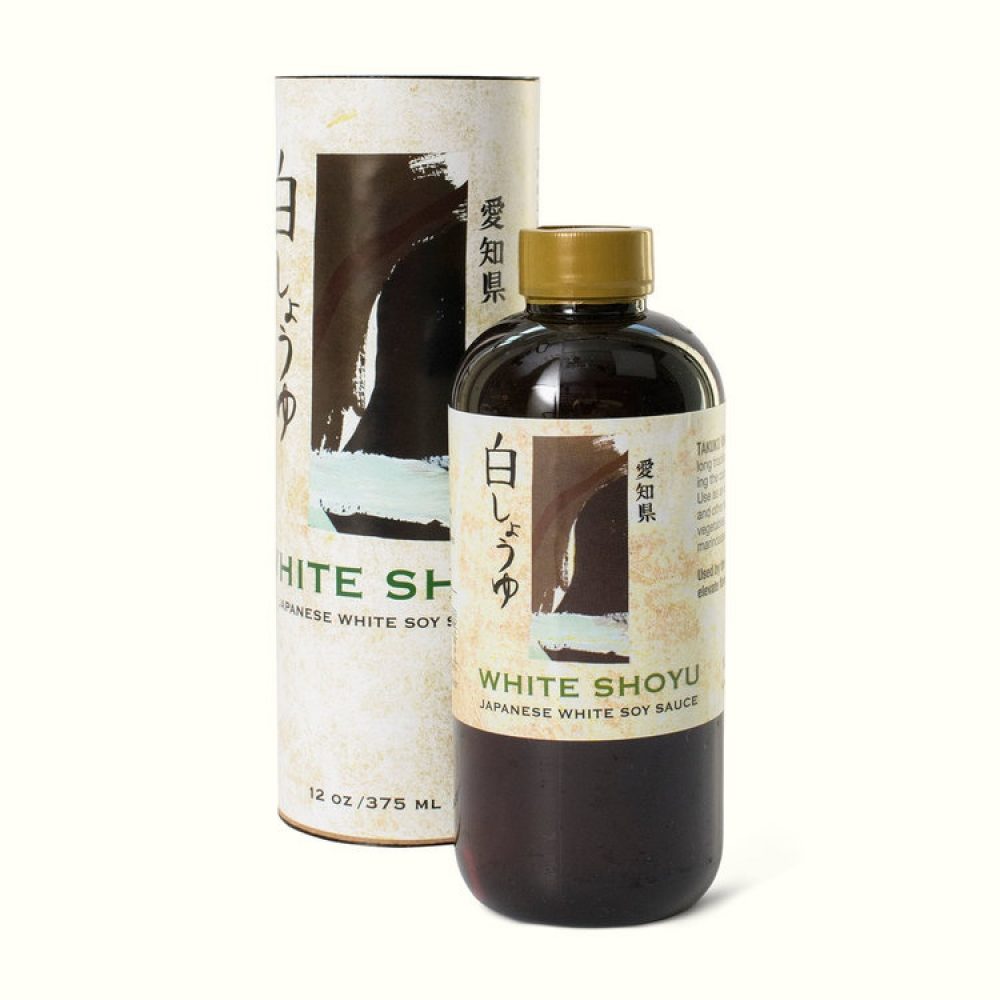
Takuko White Soy Sauce
There is no such thing as just “soy sauce” in many of the cuisines of the Far East _ there are different brews for different purposes. A good example is white (shiro) soy sauce which is light amber in color and clearer and thinner than dark soy sauce. Made from coarsely milled roasted wheat that is mixed with steamed soybeans and inoculated with koji seeds, its subtle flavor can be used in salad dressings and marinades, and it’s the perfect accompaniment for fish and vegetables. One taste of this white sauce will open your mind to a whole new way to cook and a new palette of flavors from the East.
PURCHASE HERE
Haku Iwashi Whiskey Barrel Aged Fish Sauce
Iwashi Whiskey Barrel Aged Fish Sauce is aged for two years before it spends an additional year in a Japanese oak whisky barrel. The fish sauce is made from just three ingredients: anchovies from the Sea of Japan, salt and sugar. It is intensely briny but not fishy, so much better than what you can find in your local supermarket. Our tasters loved the salty, balanced flavor.
PURCHASE HERE
